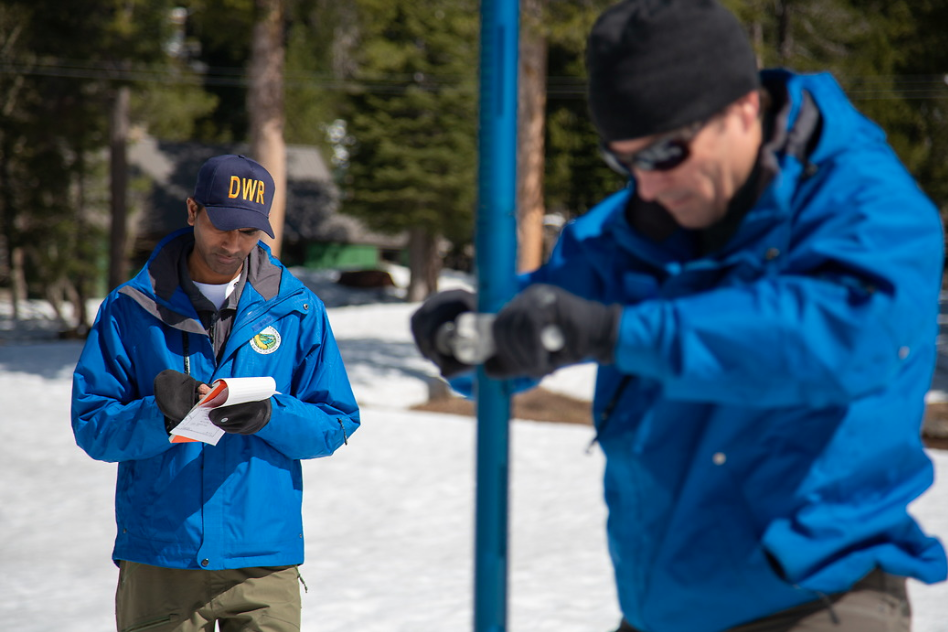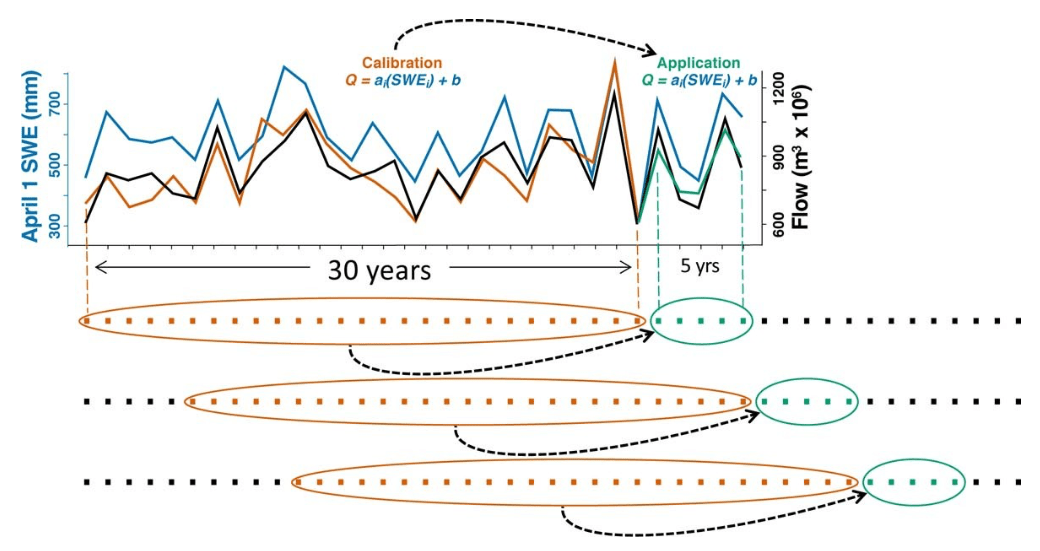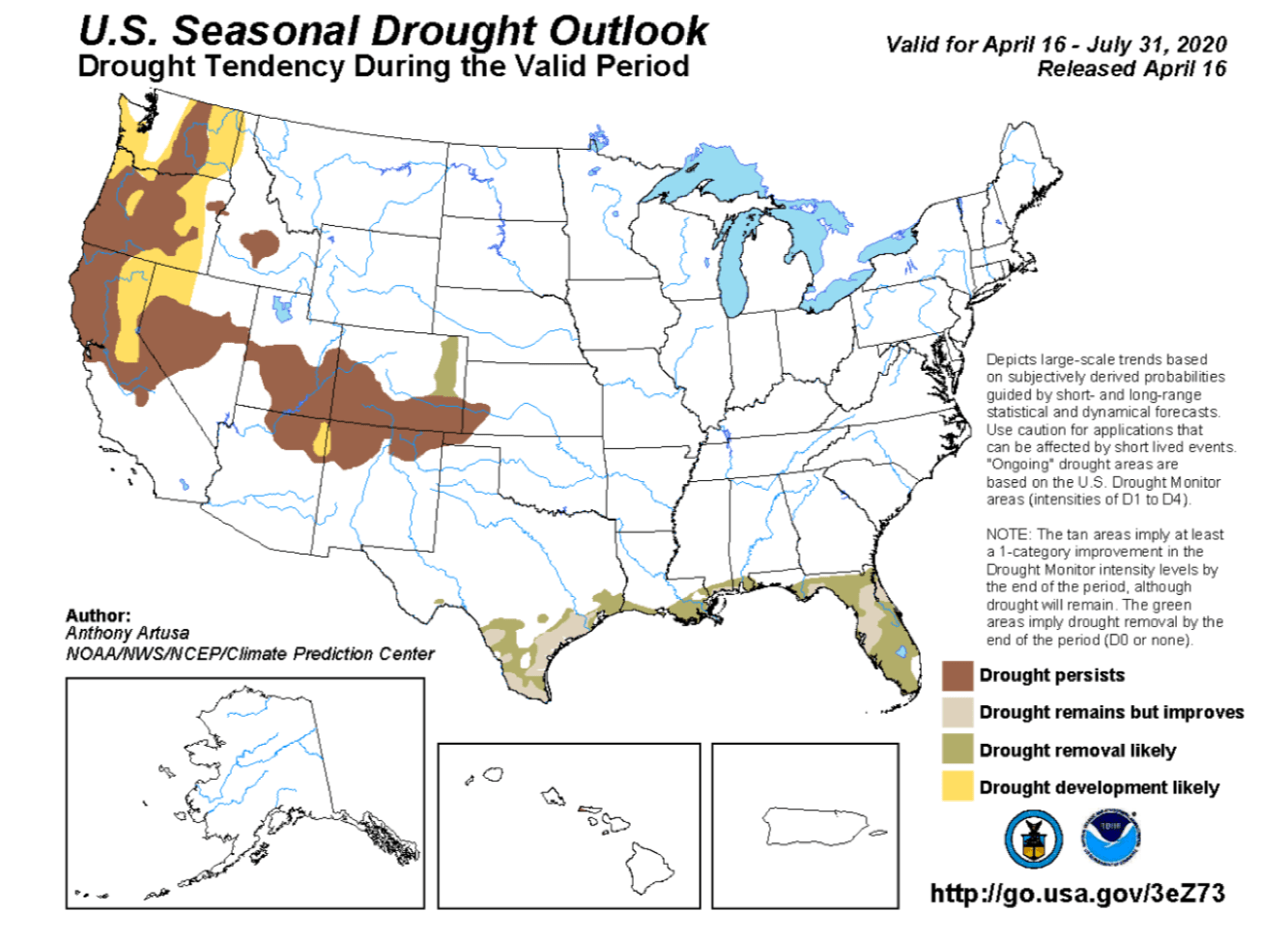
A new paper published in Nature predicts that in the upcoming decades snowpack will no longer be a reliable predictor for drought in the western two-thirds of the US, and new methods will have to be implemented.
As we reach the end of the century, that area could grow to four-fifths of the western United States, due to warming temperatures meaning more rain and less snow.
“When the temperature warms, the phase of the precipitation is likely to change from snow to rain. So less snowpack is something that’s pretty likely,” said lead author Ben Livneh, an assistant professor of civil, environmental and architectural engineering at the University of Colorado Boulder.
April 1st is usually used as the peak snowpack and experts can use these measurements to predict drought. But in the coming decades, other methods such as soil moisture, or even satellite data as is already being experimented with in Colorado, will play a bigger part.
- Related: NASA Seeks Answers From Snowpack

Experts predict that in Colorado locations above 10,000 feet will see snowpack well throughout the 21st century. However, in the Pacific Northwest, we could start seeing a significant snowpack decline in the next 15-20 years.
“We’re starting to be able to see things from space that we couldn’t see before. Seeing the tops of mountains, and places where it’s hard to go out and make an observation, you can see those places from space. And not that much has been explored yet there,” Livneh said. “Maybe this can serve as a call to action.”
The abstract from the full study is below:
Mountain snowpack serves as an immense natural water reservoir, and knowledge of snow conditions helps predict seasonal water availability and offers critical early warning of hydrologic drought. This paradigm faces an impending challenge given consensus that a smaller fraction of future precipitation will fall as snow. Here, we apply downscaled hydrologic simulations from 28 climate model projections to show that by mid-century (2036–2065), 69% of historically snowmelt-dominated areas of the western United States see a decline in the ability of snow to predict seasonal drought, increasing to 83% by late century (2070–2099). Reduced predictability arises when peak snowpack approaches zero or because of decreased warm-season runoff efficiency. Changes in drought prediction skill show significant (P < 0.01) elevation dependence, with lower-elevation coastal areas most impacted by warming. Ancillary predictive information can only partially mitigate snow-based predictability losses to 65% of areas, underscoring the importance of declining future snowpack.
